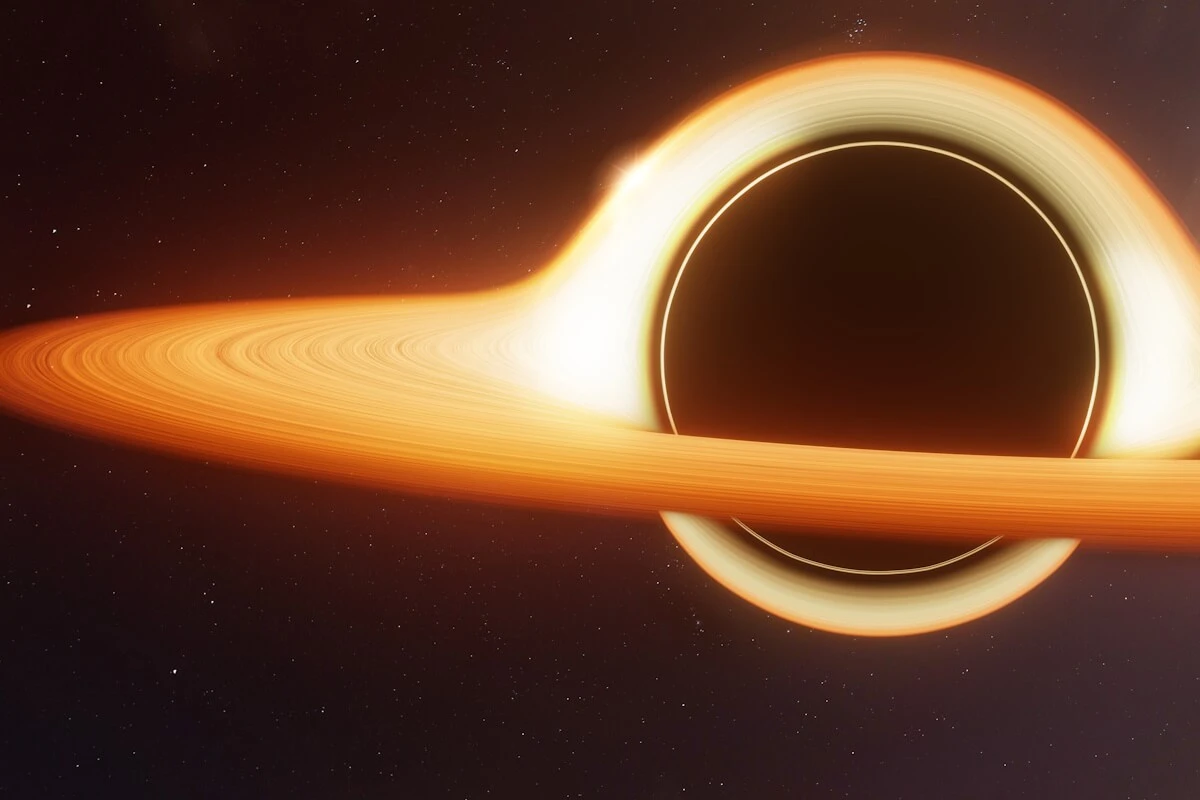Black Holes: The Enigmatic Titans of the Cosmos
March 16, 2024
Science
Black holes, once a mere theoretical prediction, have captivated the imaginations of scientists and the public alike for decades. These enigmatic objects, defined by gravity so intense that nothing, not even light, can escape their grasp, are cosmic proof of the universe’s capacity for the extraordinary. Far from being mere scientific curiosities, black holes hold the keys to understanding some of the most fundamental questions about the nature of our universe, from the fabric of spacetime to the fate of stars.
The Birth of Black Holes
The life cycle of a star is a story of transformation, where the final chapter for the most massive stars is the birth of a black hole. When these colossal stars exhaust their nuclear fuel, they undergo a catastrophic collapse under their own gravity, leading to a supernova explosion. What remains is a singularity, a point of infinite density where the laws of physics as we know them cease to operate, cloaked within an event horizon. This event horizon marks the boundary beyond which nothing can return, a point of no return.
Types of Black Holes
Black holes come in sizes and masses that vary dramatically, classified primarily into three types:
- Stellar Black Holes: Formed by the gravitational collapse of massive stars, these black holes can have up to 20 times the mass of the Sun. Despite their name, their event horizons can be relatively small, just a few kilometers in diameter.
- Supermassive Black Holes: Lurking in the centers of most large galaxies, including our own Milky Way, supermassive black holes contain millions to billions of times the mass of the Sun. The mechanisms by which they form are still a subject of intense research and debate.
- Intermediate Black Holes: The elusive middle ground between stellar and supermassive black holes, their existence is inferred through observations, such as those of ultraluminous X-ray sources in other galaxies.

Unveiling the Mystery
For all their notoriety, black holes do not lurk in the darkness silently. They reveal their presence through the gravitational influence they exert on their surroundings and the radiation emitted as matter falls into them. This accretion of matter forms a disk as it spirals into the black hole, heating up to incredible temperatures and emitting X-rays and other forms of radiation, making them observable with space telescopes.
The recent advent of gravitational wave astronomy, heralded by the detection of gravitational waves from colliding black holes by LIGO and Virgo observatories, has opened a new window into studying these cosmic behemoths. Additionally, the Event Horizon Telescope (EHT), a global network of radio telescopes, produced the first-ever “image” of a black hole’s event horizon in 2019, directly observing the shadow of a supermassive black hole in the galaxy M87.
The Enigma of Information
One of the most profound mysteries surrounding black holes is the question of information paradox. According to quantum mechanics, information cannot be destroyed, but in the context of a black hole, information about matter that falls into a black hole seems to vanish without a trace. Resolving this paradox requires reconciling general relativity, which describes the gravity of black holes, with quantum mechanics, a challenge that has led to the proposal of various theories, including the controversial idea of “firewalls” or the concept of holographic information encoding at the event horizon.

A Universe of Possibilities
Black holes challenge our understanding of the universe and inspire awe and wonder. They are not just the end points of stars but are also crucial to the structure and evolution of galaxies. The study of black holes is a journey to the very edges of physics, where the nature of space, time, and reality itself is stretched to the limit. As our technology and theories evolve, so too will our understanding of these cosmic titans, continuing to illuminate the darkest corners of our universe with the light of human curiosity and ingenuity.
Note : The provided information may contain errors; please contact us if you notice any.

















